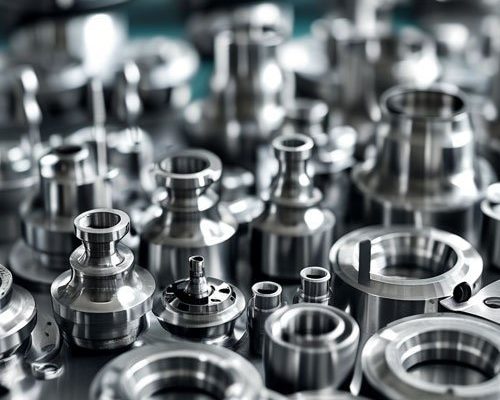Welcome to the fascinating world of precision machining! If you’ve ever wondered how complex components are crafted with such accuracy, you’ve landed in the right place. Picture this: a master sculptor chiseling a marble statue, each stroke deliberate, each detail painstakingly considered. That’s pretty much what precision machining is all about—transforming raw materials into magnificent pieces of functional art.
Now, you might be thinking, “That sounds great, but what exactly is precision machining?” Great question! Let’s dive right in and explore this essential field, which, like a fine watch, operates seamlessly behind the scenes of countless industries.
What Is Precision Machining?
Precision machining is a manufacturing process that involves cutting, shaping, and finishing materials, often metals and plastics, to exact specifications. It’s a bit like cooking; you need the right ingredients in the right amounts, and a dash of skill can turn a simple dish into a gourmet meal!
In this field, tolerances can be as tight as two microns, which is roughly the thickness of a human hair. Industries ranging from aerospace to medical devices rely heavily on precision machining, as the components created often need to fit together perfectly, much like pieces of a puzzle.
How Does Precision Machining Work?
At its core, precision machining utilizes cutting-edge tools and technology—think CNC (Computer Numerical Control) machines, lathes, and milling machines. These machines operate based on digital designs, allowing for incredible accuracy.
Imagine sending a text message; you type words and hit send, and they appear almost instantly on a friend’s screen. CNC machining works in much the same way, taking a digital blueprint and executing it with laser-like precision. But there’s more to it than just swiping or tapping your screens!
Key Processes in Precision Machining
The Precision Machining Journey: From Blueprint to Reality
So, how does a visionary idea transform into a physical object? Let’s follow the journey of a typical precision machining project.
Why Precision Matters
Now, you might be wondering—why all this fuss about precision? Imagine driving a car but realizing the brake systems were manufactured with loose tolerances. Yikes!
Precision machining is essential because:
Emerging Trends in Precision Machining
Just like fashion, the world of precision machining keeps evolving. Here are some trends to look out for:
Frequently Asked Questions
Common materials in precision machining include aluminum, steel, brass, copper, and plastics like nylon. Each material possesses unique properties suitable for different applications.
Almost every sector benefits from precision machining, including aerospace, automotive, medical devices, robotics, and electronics. These industries rely on high-precision components for their products.
Whether you’re a budding machinist or an enthusiast, pursuing education and hands-on training in machining and engineering is a great start. Many community colleges and technical schools offer courses in machining.
CNC machining is computer-controlled, allowing for high accuracy and repeatability, whereas conventional machining is manually operated and often relies on the machinist’s skill and knowledge.
The future looks bright, with advancements in technology continually improving precision, efficiency, and sustainability. Expect to see even greater integrations of automation, IoT, and material science.
Conclusion: The Endless Possibilities of Precision Machining
Precision machining is more than just a technical process; it’s a blend of art, science, and innovation. It’s where meticulous attention to detail meets cutting-edge technology to create extraordinary components that fuel our modern world.
As we wrap up our journey, consider this: every time you interact with a product, there’s a good chance precision machining played a role in its existence. Whether it’s the smartphone in your pocket or the car you drive, precision machining ensures everything works as intended.
So, the next time you encounter machinery or tools in your day-to-day life, remember the meticulous craftsmanship behind them. There’s a whole world of possibilities waiting to be explored, and who knows? Maybe you’ll be inspired to dive deeper into the exciting field of precision machining yourself!
Thank you for joining me on this enlightening odyssey. If you have any further questions or topics you’d love to explore, feel free to drop a comment. Let’s keep this conversation going!


